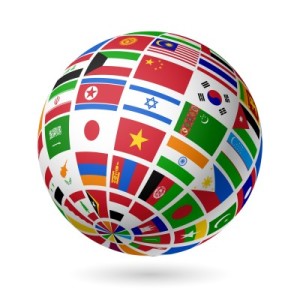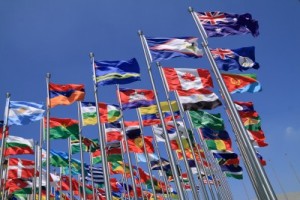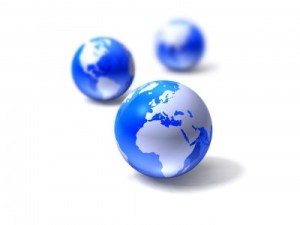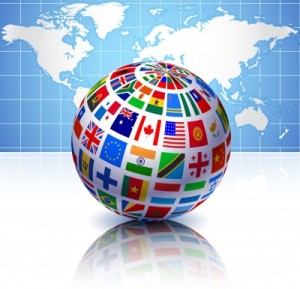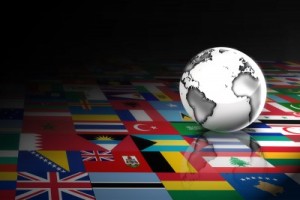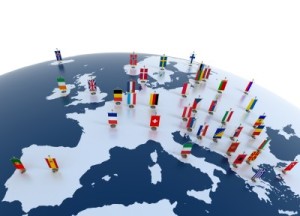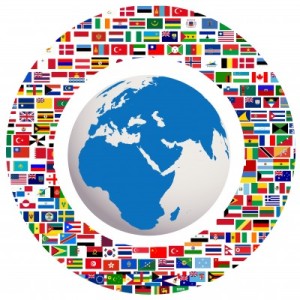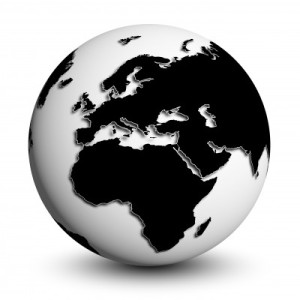 The oldest major theater form still performed regularly is the no drama. In which country did no plays originate and develop?
The oldest major theater form still performed regularly is the no drama. In which country did no plays originate and develop?
- A. Peru
- B. Japan
- C. Singapore
- Commedia dell'arte was the only type of theater in Europe to use natural speech patterns and depict everyday life between 1550 and 1750. True or false: It was developed primarily in Italy.
- Germany had a great impact on twentieth-century theater. Match the following Germans with their most significant positions.
-
A. Bertolt Brecht 1. Producer B. Max Reinhardt 2. Composer C. Kurt Weill 3. Dramatist
-
- August Strindberg is considered Sweden's greatest playwright. True or false: His most famous play is A Doll's House.
- In which country is the Shakespearean Stratford Festival Theatre located?
- A. Jamaica
- B. Canada
- C. South Africa
- D. Australia
- The Frenchman considered by many to be "the greatest comic playwright" in Western Europe is:
- A. Jean Racine
- B. Marcel Marceau
- C. Jean-Baptiste Poquelin Molière
- True or false: Although the roots of musical theater can be traced to European operettas, it developed into its current form in the USA.
- True or false: During the Golden Age of Spanish Drama (1580-1680), Lope Félix de Vega Carpio was considered a more important playwright than Miguel de Cervantes.
- Adolphe Appia is considered one of the founders of modern experimental theater. In which country was he born?
- A. Switzerland
- B. Dominican Republic
- C. The Netherlands
- "All the world's a stage, and all the men and women merely players." This observation came from which Shakespearean play?
- A. Hamlet
- B. As You Like It
- C. Much Ado About Nothing
- B
- True
- A,3; B,1; C,2
- False. A Doll's House is a play by Henrik Ibsen. Strindberg's most famous play is Miss Julie.
- B. Ontario, to be precise.
- C. Jean Racine was a dramatist, well-known for his tragedies, and Marcel Marceau is a mime.
- True. Musical theater's American roots go back to minstrel shows and vaudeville.
- True. Cervantes is best remembered for his prose masterpiece, Don Quixote. Vega Carpio was a more prolific and important playwright.
- A
- B. As You Like It, Act II, Scene VII.

